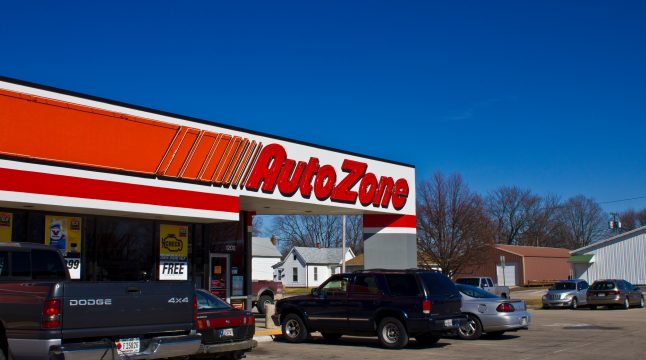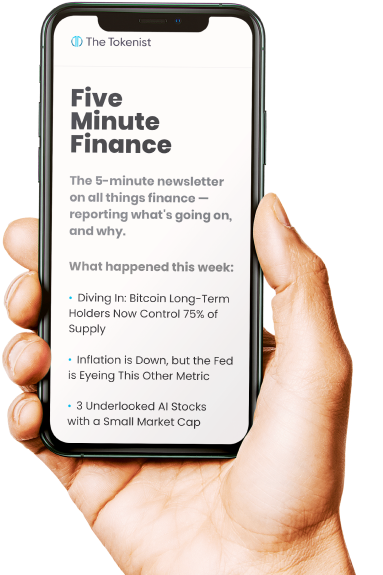
AutoZone, Inc. (NYSE: AZO) Reports 2.4% Net Sales Growth in Q2
AutoZone, Inc. (NYSE: AZO) reported a robust performance for the second quarter of fiscal 2025, reflecting a steady growth trajectory. The company announced net sales of $4.0 billion, marking a 2.4% increase from the same quarter in fiscal 2024. Domestic same-store sales rose by 1.9%, while total company same-store sales, adjusted for constant currency, increased by 2.9%.
However, international same-store sales saw a decline of 8.2%, though they exhibited a 9.5% growth on a constant currency basis. The company’s gross profit margin held steady at 53.9%, with merchandise margins contributing positively. However, the prior year’s figures were slightly inflated due to a non-cash LIFO adjustment.
Operating expenses as a percentage of sales increased to 36.0% from 34.6% last year, primarily due to strategic investments aimed at supporting growth initiatives. Consequently, operating profit fell by 4.9% to $706.8 million, and net income decreased by 5.3% to $487.9 million. Diluted earnings per share (EPS) also saw a decline of 2.1%, landing at $28.29.
The company continued its aggressive expansion strategy, opening 45 new stores during the quarter, including 28 in the U.S., 13 in Mexico, and four in Brazil. This brings the total store count to 7,432. AutoZone remains a leading retailer and distributor of automotive replacement parts and accessories across the Americas, with a comprehensive product line for various vehicles and a robust commercial sales program.
AutoZone’s Second Quarter Results
AutoZone’s performance in the second quarter fell slightly short of market expectations. Analysts had projected an EPS of $29.06, but the company reported a diluted EPS of $28.29, reflecting a shortfall. Despite this, the company’s net sales of $4.0 billion surpassed the anticipated $3.98 billion, indicating strong revenue generation capabilities.
The discrepancy between expected and actual EPS can be attributed to increased operating expenses, which rose to 36.0% of sales from 34.6% the previous year. These expenses were primarily driven by investments to bolster growth initiatives, impacting the overall profitability. Additionally, while the gross profit margin remained stable, the absence of the prior year’s non-cash LIFO adjustment benefit slightly dampened profit margins.
Despite these challenges, AutoZone’s domestic operations continued to demonstrate resilience, with domestic same-store sales increasing by 1.9%. Although international sales faced currency-related pressures, the underlying performance remained strong, with a 9.5% growth on a constant currency basis. These figures underscore the company’s ability to navigate complex market dynamics and maintain a steady growth trajectory.
Join our Telegram group and never miss a breaking digital asset story.
AutoZone Plans to Expand Domestic DIY and Commerical Sales
Looking ahead, AutoZone remains optimistic about its growth prospects, driven by a strategic focus on expanding its domestic DIY and commercial sales. The company is well-prepared for the upcoming spring and summer selling seasons, with plans to continue investing in its business to drive earnings and cash flow growth.
AutoZone’s leadership, led by CEO Phil Daniele, expressed confidence in the company’s momentum heading into the latter half of the fiscal year. The company is committed to its disciplined approach of enhancing shareholder value through strategic investments and store expansions. As of the end of the second quarter, AutoZone had $1.3 billion remaining under its current share repurchase authorization, reflecting its commitment to returning value to shareholders.
While the company faces potential risks, including currency fluctuations and increased operating expenses, its strategic initiatives and market positioning provide a solid foundation for future growth. AutoZone’s focus on expanding its store footprint, particularly in international markets, and its robust product offerings are expected to drive sustained revenue growth and profitability in the coming quarters.
Disclaimer: The author does not hold or have a position in any securities discussed in the article. All stock prices were quoted at the time of writing.




